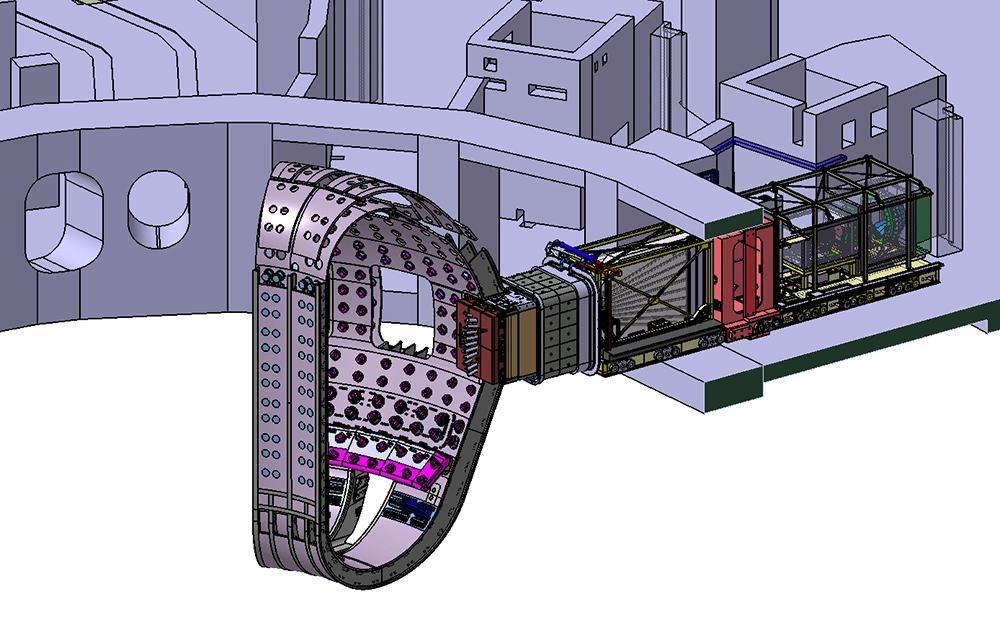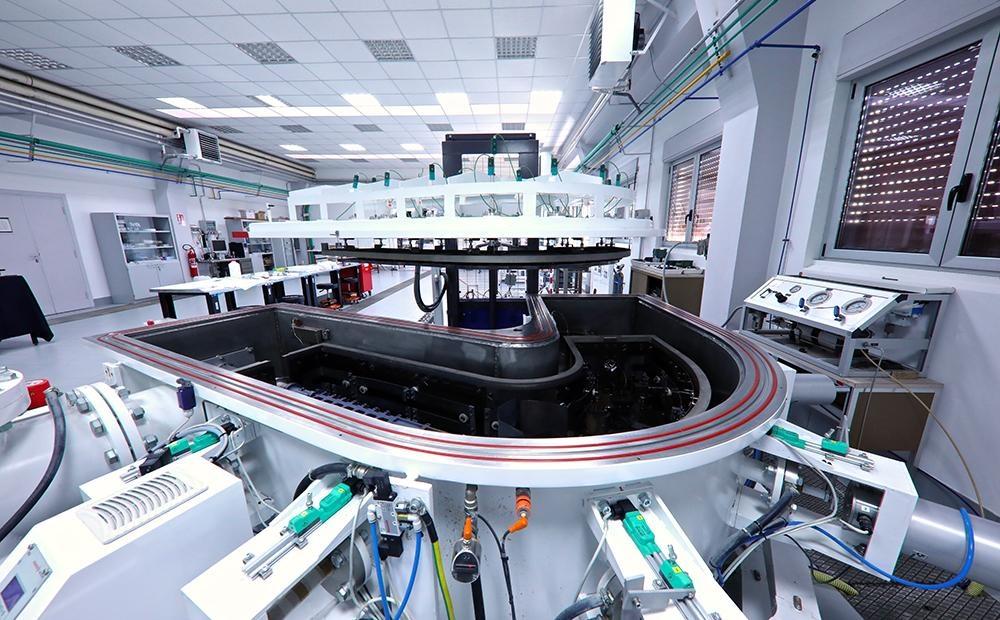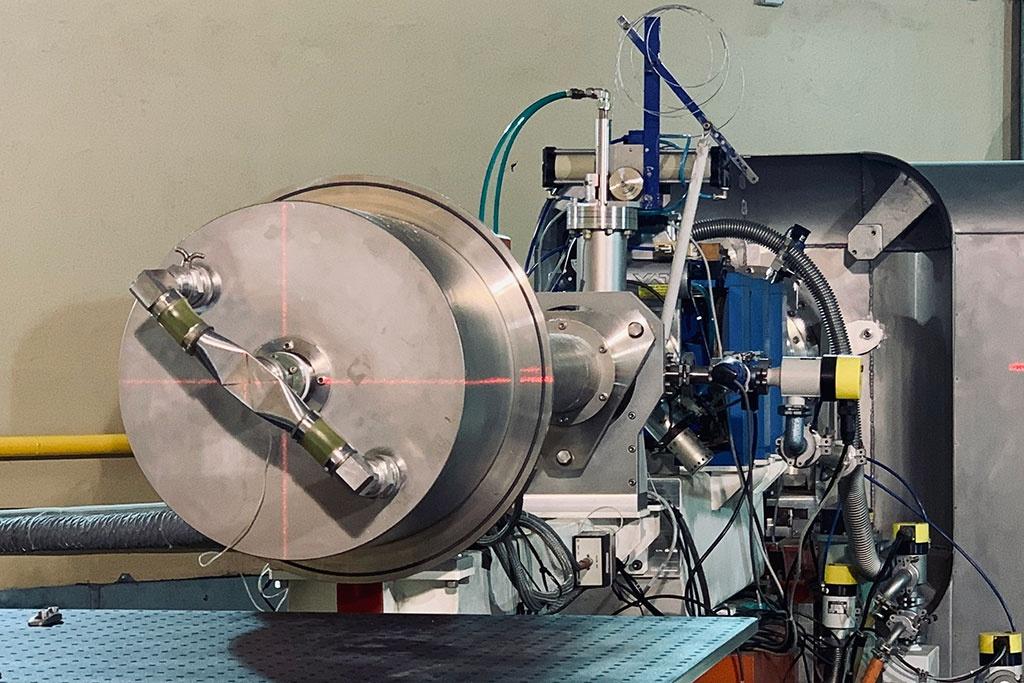Italian National Agency for New Technologies, Energy and Sustainable Economic Development

Fusion Enegy Development
The ENEA Fusion Energy Development (FUSEN) division carries out technological research activities aimed at enabling energy production from nuclear fusion. Main activities are related to the study of plasma-facing components, superconducting magnets, structural and functional materials, fuel cycle, nuclear data and neutronic codes, neutron and gamma diagnostics and control systems safety, environmental impact,. All activities are in the frame of national, European and international fusion programs such as DTT, ITER, DEMO and other fusion projects. In particular, the FUSEN division:
- Develops technologies related to plasma-facing materials and components capable to withstand high-heat loads. Produces prototypes and provides their characterization.
- Develops and designs advanced superconducting materials , cables, and magnets for fusion and energy sector applications.
- Contributes to the validation of nuclear data and to the development of neutronic codes. Conducts experiments to validate the neutron design of fusion reactor components at the Frascati Neutron Generator (FNG) and ensures the operation of FNG.
- Performs safety studies for fusion nuclear machines and their environmental impact, contributing to the definition of licensing criteria.
- Contributes to the development of processes and technologies for the fuel cycle of fusion machines.
- Develops advanced neutron and gamma diagnostics and control systems for fusion plasmas.
- Carries out thermo-hydraulic, thermomechanical, electromagnetic, electro-technical, and nuclear design of components for experimental fusion facilities and reactor concepts developed within the European framework.
- Supports the Nuclear Department Director in managing ENEA’s participation in the scientific, technological, and industrial activities of the EUROfusion Consortium, F4E, and ITER.
- Contributes to the realization of the Divertor Tokamak Test (DTT) facility both through the temporary assignment of personnel to the DTT Consortium and by providing technical-scientific services in its areas of expertise.
- Collaborates with the Italian industrial sector through knowledge transfer and joint participation in ITER supplies.
- Promotes agreements at the national and international levels for collaborations and the training of young researchers.
Main Tasks and Functions
- Carry out technological research activities within the laboratories for DTT, ITER, DEMO and other fusion projects.
- Management of research and development contracts with F4E and ITER, providing highly specialized services.
- Application of fusion-developed technologies to various fields through collaborations with industries and other national and international laboratories.
- Collaboration with relevant industries in supplying components and services for DTT, ITER, and other fusion facilities.
- Collaboration with Italian universities and European laboratories on research topics of mutual interest.
- Development of research topics within national, European, or international projects aligned with its areas of expertise.
- Performing benchmark experiments to validate nuclear data and codes using theFrascati Neutron Generator (FNG).
- Development of databases for safety assessment and study of licensing criteria for fusion facilities.
- Design and development of power devices, cables, and magnets based on low and high critical temperature superconducting materials.
- Construction and management of the Frascati Cold Coil Test Facility.
- Development and characterization of innovative structural and functional materials for fusion reactors.
- Development of neutron diagnostics, real-time control systems, and data processing solutions for fusion plasmas.
- Design and development of experimental research on unconventional electrical systems.
- Development of fuel treatment processes for fusion reactors.
- Contribution to the construction of the Divertor Tokamak Test facility by providing technical-scientific services.
- Temporarily assignment of personnel to the DTT Consortium for the realization of the Divertor Tokamak Test facility.






